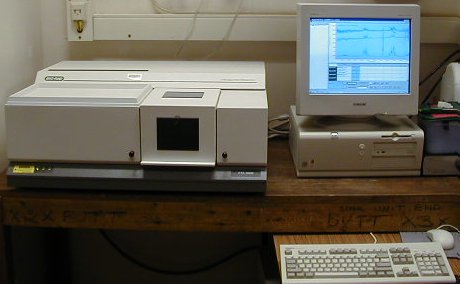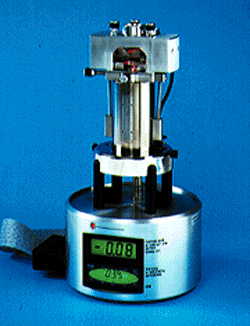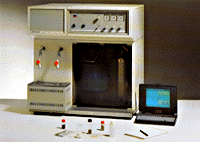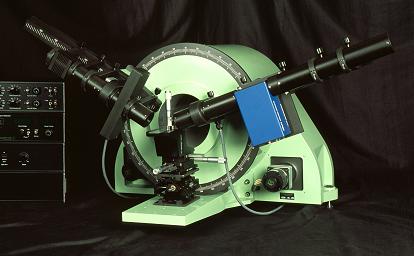 This is a high specification research FTIR spectrometer built by Bio-Rad (now Digilab). As installed, this instrument enables the transmission spectra of gases and solids to be recorded. A beam condenser is available to study small samples (>5mm diameter). Three accessories enabling Attenuated Total Reflection studies to be completed on solids (powders, polymers, deposited films etc.) and liquids are available. Also available are two variable angle reflection accessories, allowing spectra taken in Reflection from solids and liquids to be observed. A variable angle of incidence transmission accessory has also been constructed. This allows transmission spectra of solid samples to be collected at angles other than normal incidence. When applying to use this instrument please include a brief summary of the experiment to be completed, along with an explanation of the ultimate aims of the project being undertaken. |


